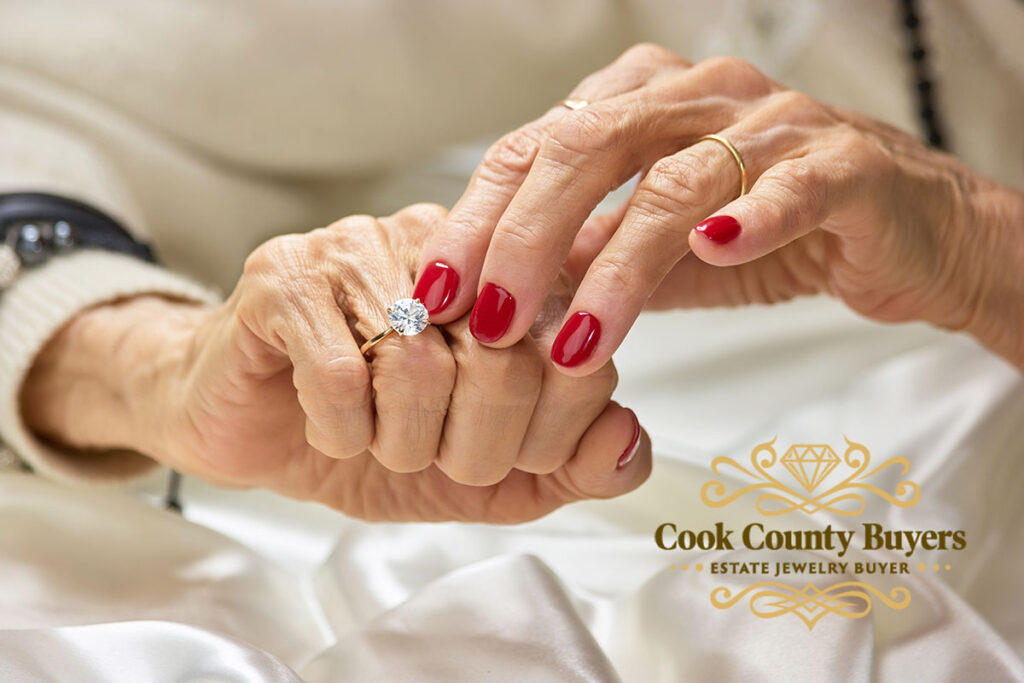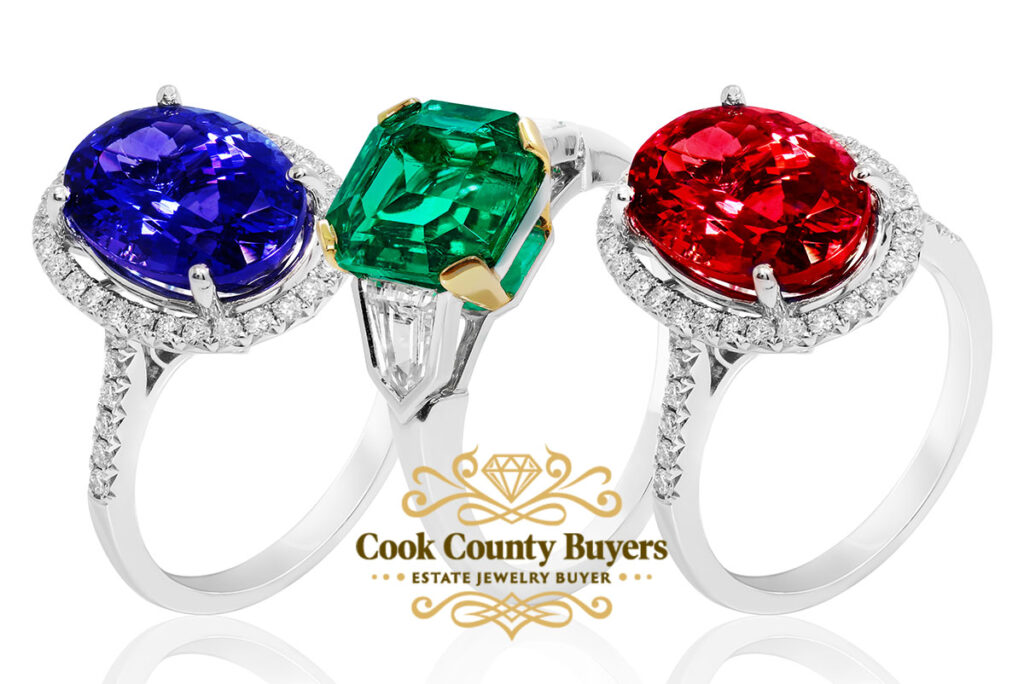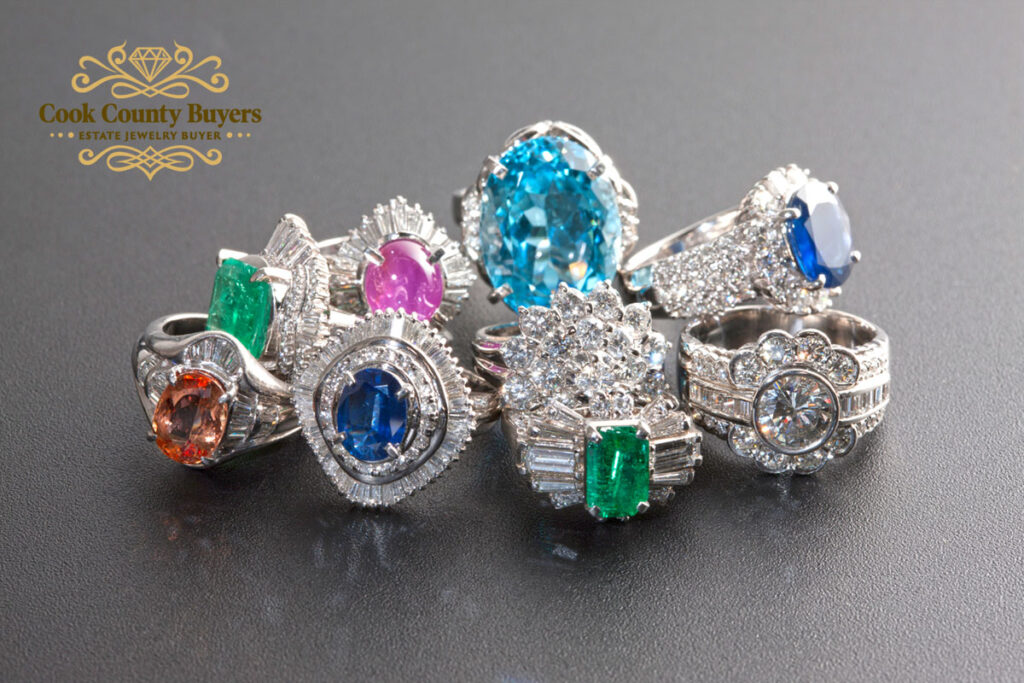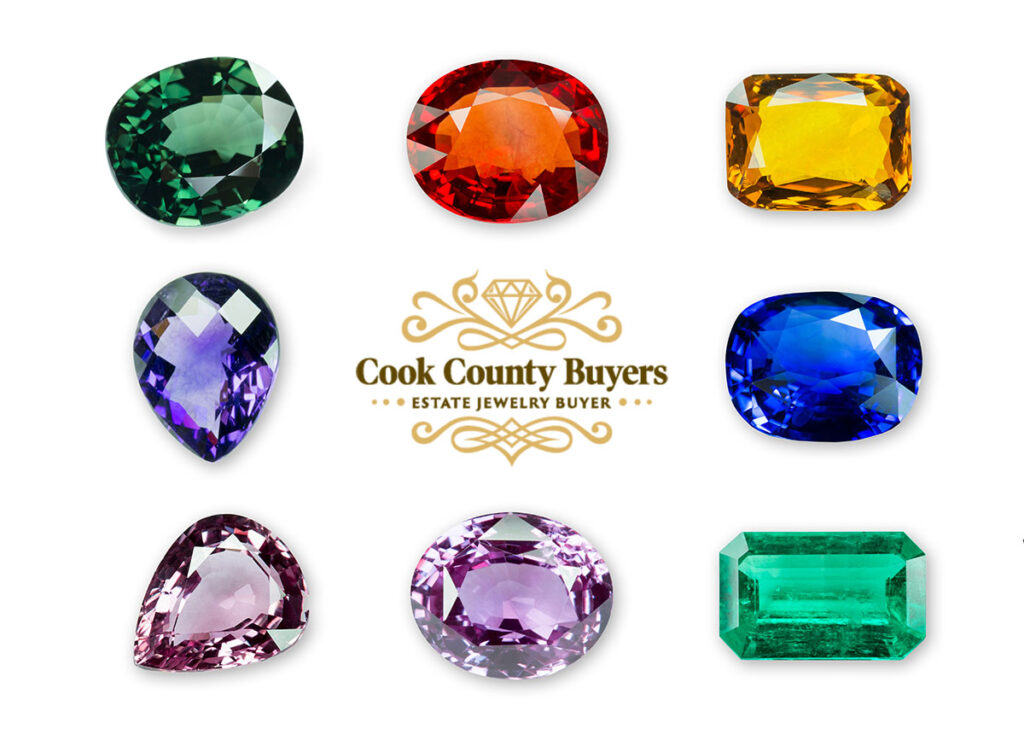Gemstones have been highly prized ever since ancient times, and they continue to have the same allure for us as they did for our predecessors many years ago.
Have you ever wondered how your favorite gemstone is made? Or what it’s treated with before it reaches the jewelry store?
In this post, we will take a look at some of the most popular gemstones and their treatments. So, whether you’re in the market for a new piece of jewelry or just curious about the industry, read on!
Types of Gemstones
Sapphires
Did you know that sapphires are the second-hardest gemstone after diamonds, making them one of the most costly types of stones. Sapphires are members of the family of rock minerals known as corundum, which may be found in a variety of colors.
Even though other colors may be rarer, blue sapphires are the most sought-after, despite the fact that all sapphires are recognized as sapphires. The exception to this rule is the color red corundum.
Ruby
The mineral corundum, of which ruby is a variant, is noted for its characteristic vivid red color. Rubies, like blue sapphires, are only surpassed in terms of their hardness and brightness by diamonds. However, rubies are far rarer than diamonds or blue sapphires.
Emerald
Belonging to the same group as aquamarine, these stones have a vibrant coloration that comes from the beryl group. The mesmerizing shade of green that can only be found in emeralds and no other gemstones is a result of the inclusions that give each stone its own character.
Emeralds are considered one of the “big four” gemstones, along with high-quality diamonds, blue sapphires, and rubies of various colors. However, in contrast to the other three, emeralds are more delicate and should be protected from being subjected to an excessive amount of moisture.

Gemstone Enhancements
Enhancements, or treatments, are something to keep in mind while shopping for gemstones. In the jewelry industry, what does “enhancement” mean?
Any operation other than cutting and polishing that enhances a gemstone’s physical characteristics (color, clarity, and/or phenomenology), marketability, or availability is considered an enhancement.
Heating
Heating is the most common practice for gemstone enhancement. This process can improve the clarity of diamonds, sapphires, rubies, and other stones. Heating specific stones to very high temperatures help bring out their natural beauty by changing their color or clarity.
Low heat or low-temperature heating is a preferred method because it causes fewer permanent inclusions within the gemstone. The stone is heated to around 600°C, which helps remove surface blemishes and improve clarity without distorting the internal structure of the stone.
Irradiation
Another technique used for gemstone enhancement is irradiation. This process involves exposing the stones to gamma rays or neutron radiation.
Irradiation helps to change the color of a gemstone, which is especially useful for making expensive blue diamonds and other stones. The process also helps to improve clarity by eliminating small flaws in the stone.
Fracture Filling
This method involves filling cracks in gems with a substance like wax, oil, glass, plastic, or another material. This helps to improve the clarity of the stone and can also enhance its color.
It also helps make a fractured gemstone look more valuable and attractive. The process is not permanent, as the filling may wear off over time with exposure to heat and light.
Lasering
Laser treatment is another technique used for gemstone enhancement. This involves using a laser to improve the clarity of the stone by removing small inclusions or blemishes.
Lasers are also used to make shallow cuts into stones, which can enhance their sparkle and brilliance. The process is usually permanent but should be done with certified gemologists for best results.

Conclusion
Gemstone enhancement is a process of improving the clarity and color of gemstones. There are several techniques used for this purpose, including heating, irradiation, fracture filling, and lasering.
With the help of these techniques, gemologists can make gems look their best and make them more attractive to buyers. It is important to remember that all gemstones have their own specialties, and they may cost different from each other.
Resources
Lab-Grown Diamonds Nearly Worthless!

